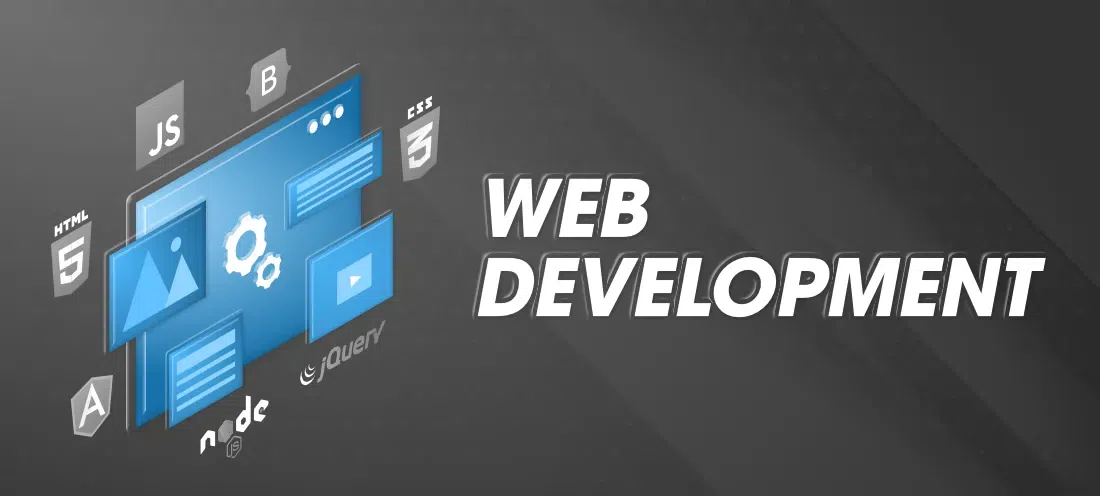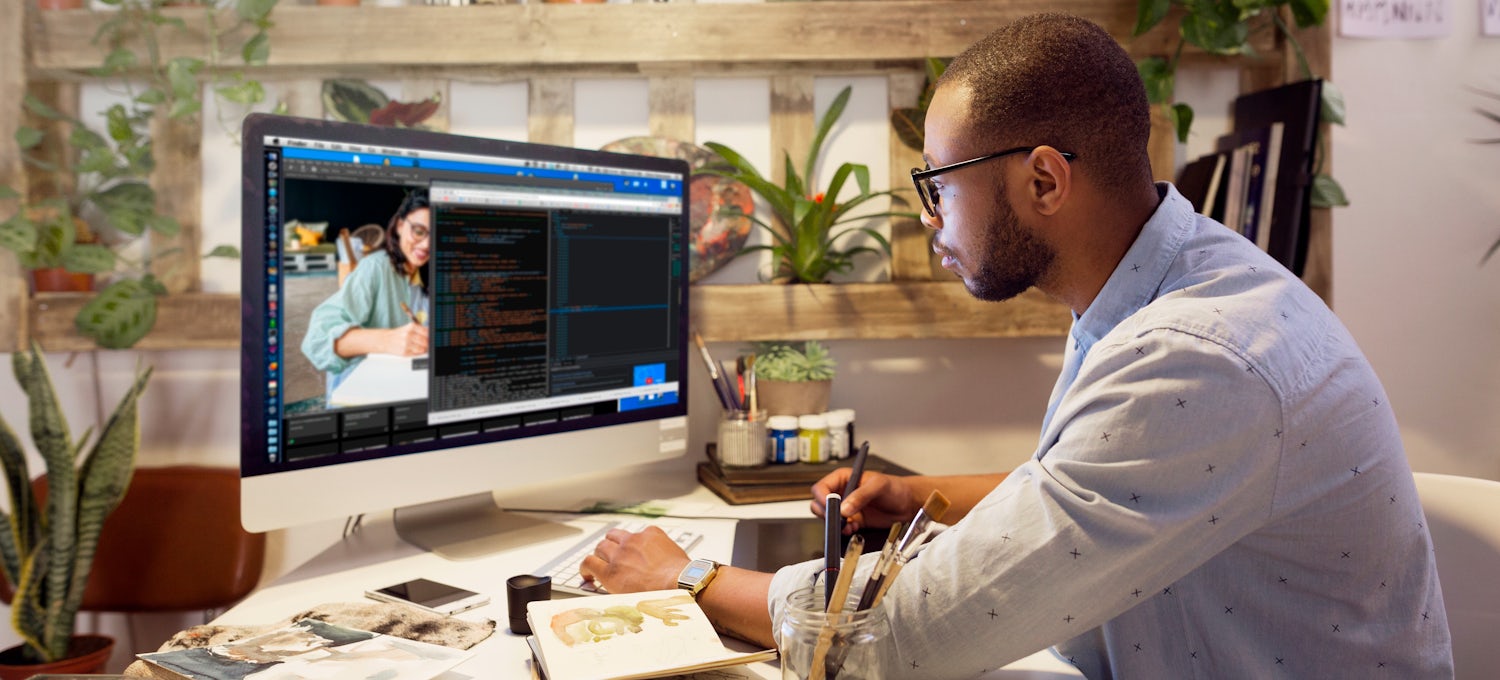Aligned Position Web Design: Boost Your Brand’s Visibility with a Stunning Website
The Best Types of Website Design to Boost User Experience and Involvement
In the ever-evolving landscape of electronic communication, the efficiency of Web layout significantly influences customer experience and engagement. Various design strategies, such as minimal, receptive, and interactive layouts, each deal special benefits that can cater to diverse customer requirements.
Minimalist Web Design
As digital landscapes come to be significantly chaotic, minimalist Web layout has become a powerful strategy to enhancing customer experience. This design viewpoint prioritizes simplicity, concentrating on crucial elements while eliminating unnecessary disturbances. By using ample white area, straightforward navigating, and a minimal shade combination, minimal layout cultivates clearness and directs customer interest to essential content.
The core concept of minimalist Web design is to develop a seamless communication for users. By decreasing cognitive load, customers can quickly grasp info without feeling overwhelmed. This straight technique not only enhances usability yet additionally motivates engagement, as site visitors are much more most likely to explore a website that is very easy and visually enticing to navigate.
Additionally, minimalist style frequently stresses typography and imagery, utilizing these components strategically to communicate messages effectively. This emphasis on essential elements can enhance brand identification and create an unforgettable customer experience. In significance, minimalist website design is not just a fad; it is a thoughtful methodology that identifies the value of user-centered layout. By stripping away peripheral elements, designers can create a much more interesting, efficient, and pleasurable Web experience for all customers.
Responsive Website Design
In today's diverse electronic environment, responsive website design has become vital for developing a smooth customer experience throughout a plethora of tools. As customers gain access to web sites on smart devices, desktops, laptops, and tablet computers, the capacity of an internet site to adjust its design and material to different display sizes and resolutions is essential.
Responsive Web design uses adaptable grids, images, and CSS media queries to ensure that Web content exists optimally, despite the gadget used. This method not only enhances the aesthetic charm of a web site but also substantially improves use. Individuals are much more likely to involve with a website that supplies a constant experience, as it eliminates the aggravation of needing to focus or scroll excessively.
By adopting responsive design, organizations can improve their exposure and get to a broader audience. In recap, responsive Web layout is a fundamental method that boosts user experience, involvement, and overall satisfaction.
Interactive Website Design
Responsive website design lays the foundation for improving individual experience, yet interactive website design takes this a step even more by involving customers in an extra dynamic way - Aligned Position Web Design. By integrating components such as computer animations, clickable prototypes, and real-time feedback, interactive website design mesmerizes customers, attracting them right into a richer surfing experience
This strategy not just promotes involvement yet additionally encourages users to explore content proactively as opposed to passively eating it. Strategies such as gamification, where customers gain incentives for completing tasks, can significantly enhance the moment spent on a site and improve total satisfaction. Interactive features can streamline intricate info, making it a lot more pleasurable and digestible.

Incorporating interactive layout elements can likewise bring about higher conversion prices, as customers are most likely to involve with a site that actively includes them. Aligned Position Web Design. Inevitably, interactive website design changes customer experiences right into memorable journeys, making sure that site visitors return time after time
Flat Design
Defined by its minimalistic method, flat design highlights simplicity and performance, stripping away unnecessary aspects and focusing on important functions. This style approach prioritizes functionality, guaranteeing that individuals can navigate interfaces easily and efficiency. By employing a tidy visual, level style removes the mess over at this website often found in more ornate designs, therefore boosting individual concentrate on content and functionality.
The characteristic of level style hinges on its use vibrant colors, simple typography, and geometric forms. These components add to a visually enticing user interface that is both approachable and modern. In dig this addition, flat design cultivates a sense of clarity, permitting individuals to discern essential activities and information without distraction.
Additionally, flat layout is particularly reliable in receptive Web layout, as its simpleness equates well across different devices and display sizes. The lack of detailed appearances and gradients decreases packing times, which is crucial for preserving user engagement. As electronic landscapes continue to advance, flat layout remains an appropriate choice for creating straightforward sites that boost overall experience. By concentrating on important attributes, level style not just meets individual demands however additionally urges seamless communication, making it a vital element of reliable website design techniques.
Flexible Website Design
Flexible website design customizes the user experience by producing numerous fixed designs tailored to different screen sizes and tools. Unlike responsive design, which fluidly adjusts a single layout, adaptive layout utilizes distinct layouts for particular breakpoints, making sure ideal presentation on different platforms. This method enables designers to concentrate on the unique qualities of each device, enhancing functionality by delivering precisely what users require based upon their context.
Among the main advantages of adaptive website design is its capacity to maximize tons times and performance. By serving customized web content and pictures that fit the individual's device, websites can decrease information use and improve loading rates. This is particularly helpful for users with slower links or restricted information strategies.

Furthermore, flexible layout assists in a more consistent and controlled branding experience. Given that designers produce several layouts, they can ensure that the visual elements straighten with the brand's identification throughout different platforms - Aligned Position Web Design. This leads to a natural customer experience, enhancing interaction and promoting individual retention
Conclusion
Minimal style promotes clearness and focus, while receptive layout makes sure versatility across various tools, promoting ease of access. Collectively, these design comes close to add to the creation of user-friendly settings that not just improve satisfaction yet likewise drive higher conversion prices, highlighting their crucial importance in modern Web layout methods.

Minimalist style promotes clearness and emphasis, while receptive design ensures adaptability across different gadgets, promoting availability. Jointly, these design comes close to add to the production of straightforward environments that not just boost satisfaction however likewise drive higher conversion rates, underscoring their crucial significance in contemporary Web layout techniques.